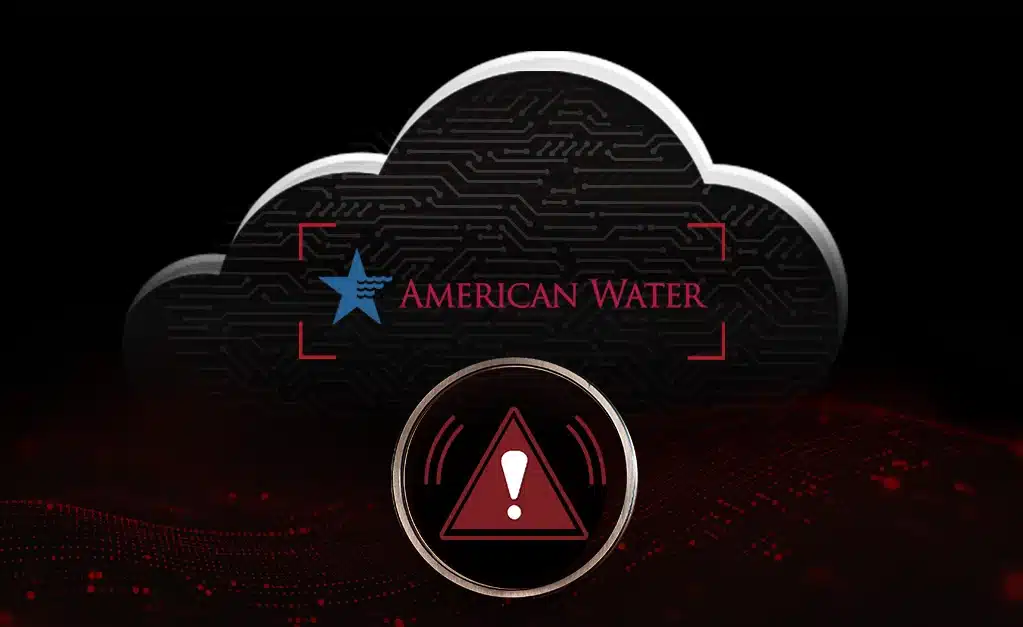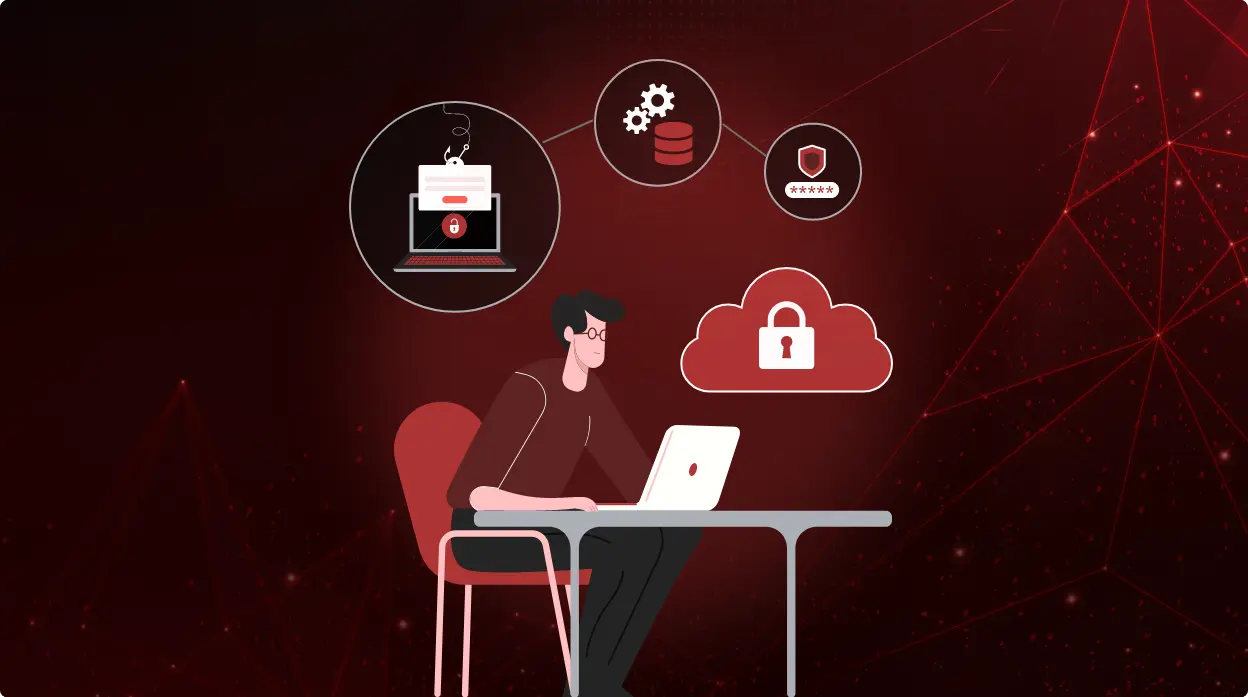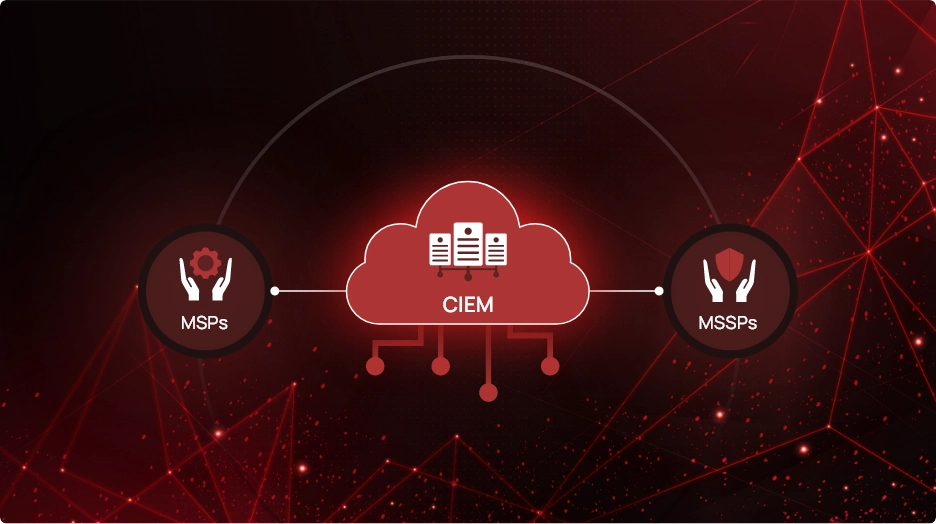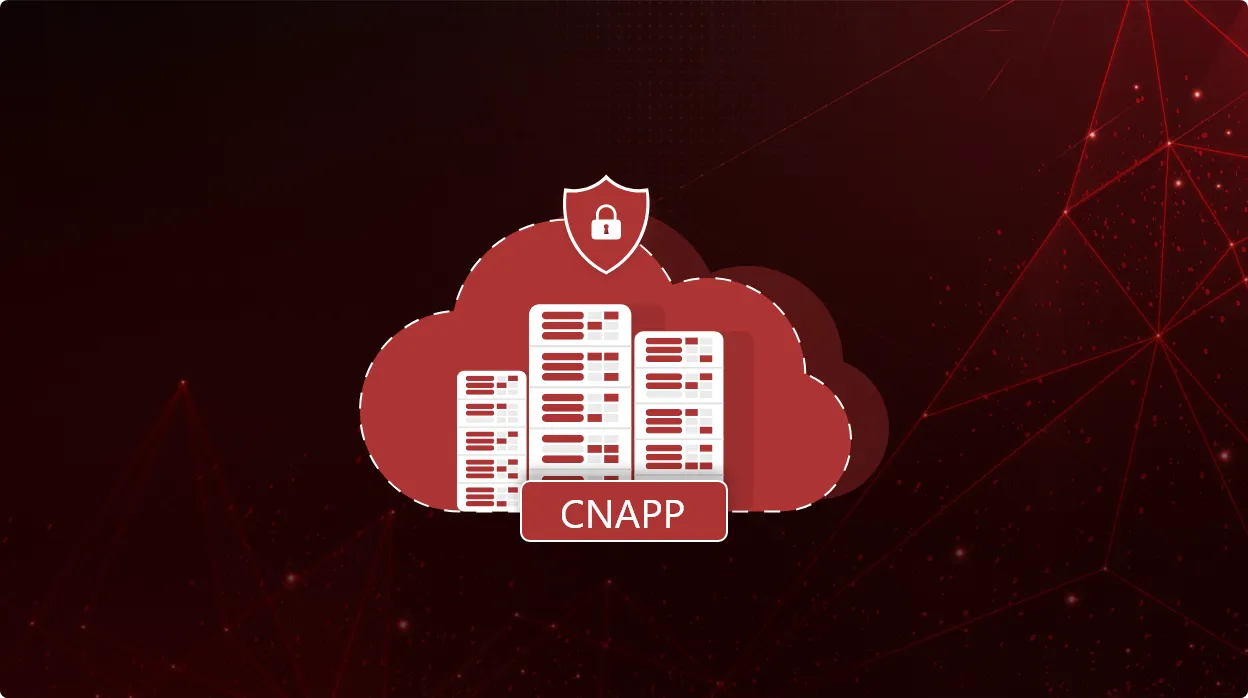Cloud and SaaS Security in Critical Infrastructure: Lessons from Recent Attacks

Cyberattacks on critical infrastructure have become a growing concern, with sectors like water supply, energy, and other essential utilities increasingly in the crosshairs of cybercriminals and nation-state actors. The recent cyberattack on American Water proves that these vital services are not immune to digital threats.
As critical services increasingly adopt cloud-based and SaaS solutions for efficiency, they also introduce new security risks. This article explores the vulnerabilities in critical infrastructure, the role of cloud and SaaS in utility security, and key measures organizations should take to protect these essential services.
The Growing Threat to Critical Infrastructure
Historically, cyberattacks primarily targeted financial institutions, healthcare organizations, and enterprises holding vast amounts of sensitive data. However, attackers are now shifting their focus toward disrupting essential services, often with the intent to cause widespread chaos, demand ransoms, or gain geopolitical leverage.
The water sector, energy grids, and other public utilities present attractive targets due to outdated technology, lack of sufficient cybersecurity funding, and reliance on interconnected cloud-based systems. Threat actors, ranging from nation-state-sponsored hackers to ransomware gangs, exploit these weaknesses to launch disruptive attacks. The consequences of such breaches extend beyond financial losses to potential public health crises, environmental disasters, and national security threats.
How the American Water Cyberattack Happened
The cyberattack on American Water exemplifies the risks facing critical infrastructure. The attack targeted customer-facing systems, leading to disruptions that affected billing, account management, and service inquiries. Fortunately, the operational systems that control water supply and treatment were not compromised. However, this incident highlights a crucial issue: even seemingly peripheral systems, when compromised, can erode public trust and operational stability.
Attackers often exploit weak access controls, outdated software, and misconfigured cloud services to infiltrate these environments. In the case of American Water, while full details of the attack remain undisclosed, common vulnerabilities in the sector include phishing attacks, poor identity and access management (IAM), and insufficient segmentation between IT and operational technology (OT) networks.
Cloud and SaaS Security Risks in Utility Infrastructure
Cloud-based and SaaS solutions have revolutionized critical infrastructure by enabling remote monitoring, predictive maintenance, and streamlined service management. Many utilities now leverage SaaS platforms for customer management, billing, operational monitoring, and more.
However, these benefits come with significant risks. Poorly secured cloud environments can provide attackers with an entry point into broader systems. Misconfigured SaaS applications, weak API security, and lack of proper access controls can lead to data breaches and unauthorized access. To mitigate these risks, utility providers must implement stringent cloud security measures, ensuring that their SaaS environments are not the weakest link in their cybersecurity framework.
Rethinking Cybersecurity: Moving Beyond Basic Defenses
Security isn’t just about blocking attackers—it’s about outsmarting them. To truly protect cloud and SaaS environments in critical infrastructure, organizations must rethink their security posture, leveraging proactive and adaptive strategies. Instead of relying on traditional security layers, utilities should embrace advanced methods, including:
- Zero Trust Architecture: Adopting a Zero Trust model ensures that no user or non-human identity is trusted by default. Continuous authentication and least-privilege access policies can minimize the risk of unauthorized access.
- Identity and Access Management (IAM) & Multi-Factor Authentication (MFA): Strong IAM policies combined with MFA can prevent unauthorized access, reducing the risk of credential theft and insider threats.
- Continuous Monitoring and Threat Detection: Real-time monitoring of cloud and SaaS environments can help detect misconfigurations early. Advanced threat detection tools can provide proactive defenses against evolving threats.
- Network Segmentation & Least Privilege Access: Separating IT and OT networks prevents attackers from moving laterally across critical systems. Least privilege access ensures that users only have access to the data and systems necessary for their roles.
- Compliance with CISA Guidelines and Industry Regulations: Organizations must adhere to cybersecurity directives from agencies like CISA to ensure their cloud environments meet the latest security standards.
Preparing for the Next Attack: The Playbook for Utility Providers
With cyber threats looming, every utility provider must be ready to act. A proactive security strategy can mean the difference between a small risk and a disastrous breach. Here’s a strategic playbook to strengthen resilience:
- Invest in Cloud & SaaS Security Posture Management (CNAPP & SSPM): Security solutions continuously monitor and secure cloud applications, ensuring compliance, detecting misconfigurations, and improving overall security hygiene.
- Conduct Regular Security Assessments: Periodic assessments help identify vulnerabilities before attackers do. Security tools can reveal weaknesses in cloud security configurations and access controls.
- Develop a Robust Incident Response Plan: Organizations must have a well-defined response strategy in case of an attack. This includes guided remediation protocols for containment, mitigation, and recovery.
- Enhance Employee Security Awareness: Employees remain a significant attack vector. Regular cybersecurity training can reduce phishing risks and improve overall security hygiene.
- Collaborate with Cybersecurity Experts: Engaging with managed security service providers (MSSPs) or cybersecurity firms specializing in cloud and SaaS security can provide an extra layer of protection and expertise.
Strengthen Your Security Posture with CheckRed
The cyberattack on American Water is a wake-up call for all critical infrastructure providers. As utilities increasingly adopt cloud and SaaS solutions, securing these environments must be a top priority. A comprehensive security strategy—encompassing Zero Trust, IAM, continuous monitoring, and proactive risk management—can significantly reduce the risk of devastating cyberattacks.
Now is the time to act. The cost of inaction is too high, and cyber threats targeting essential services will only escalate. At CheckRed, we help utility providers prioritize cloud and SaaS security, ensuring resilience, compliance, and operational integrity.
Don’t wait for the next breach—get in touch today to learn how CheckRed can help secure your infrastructure.


